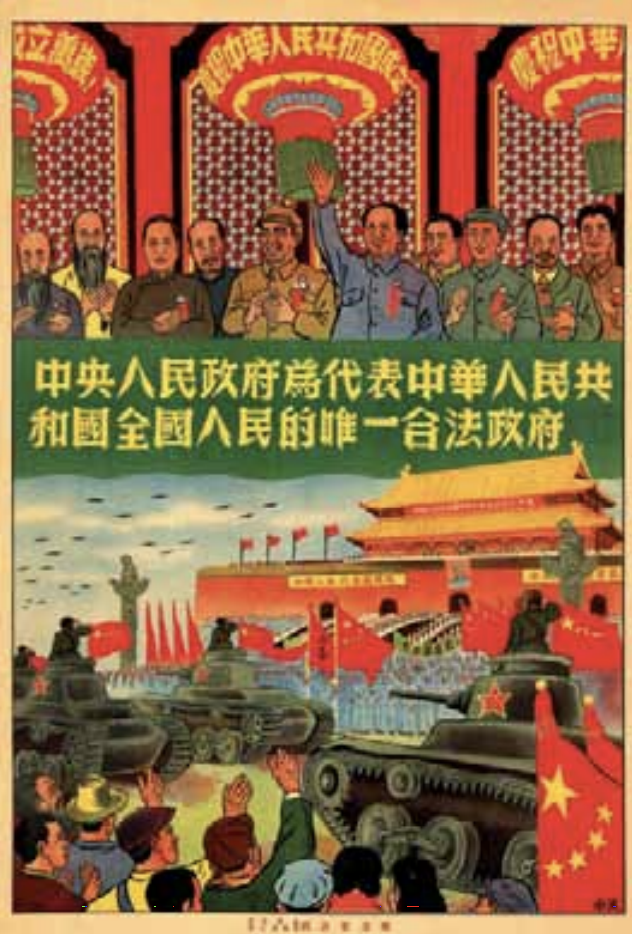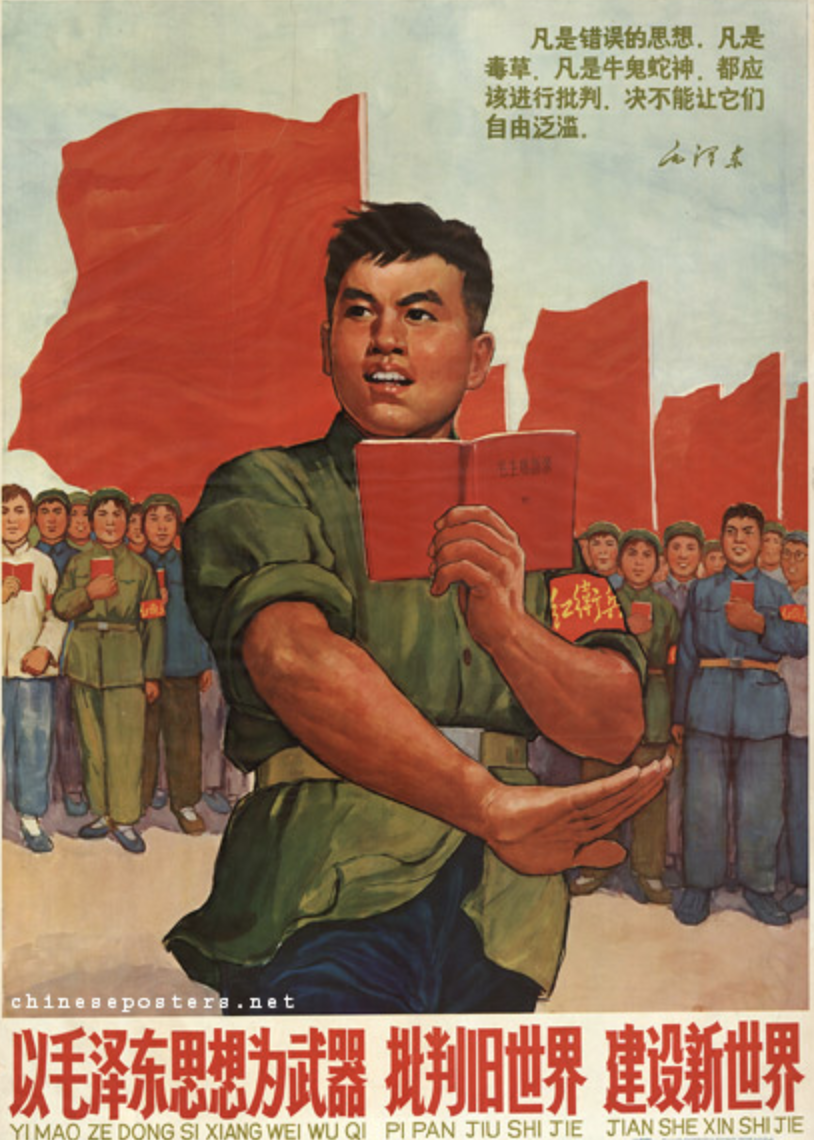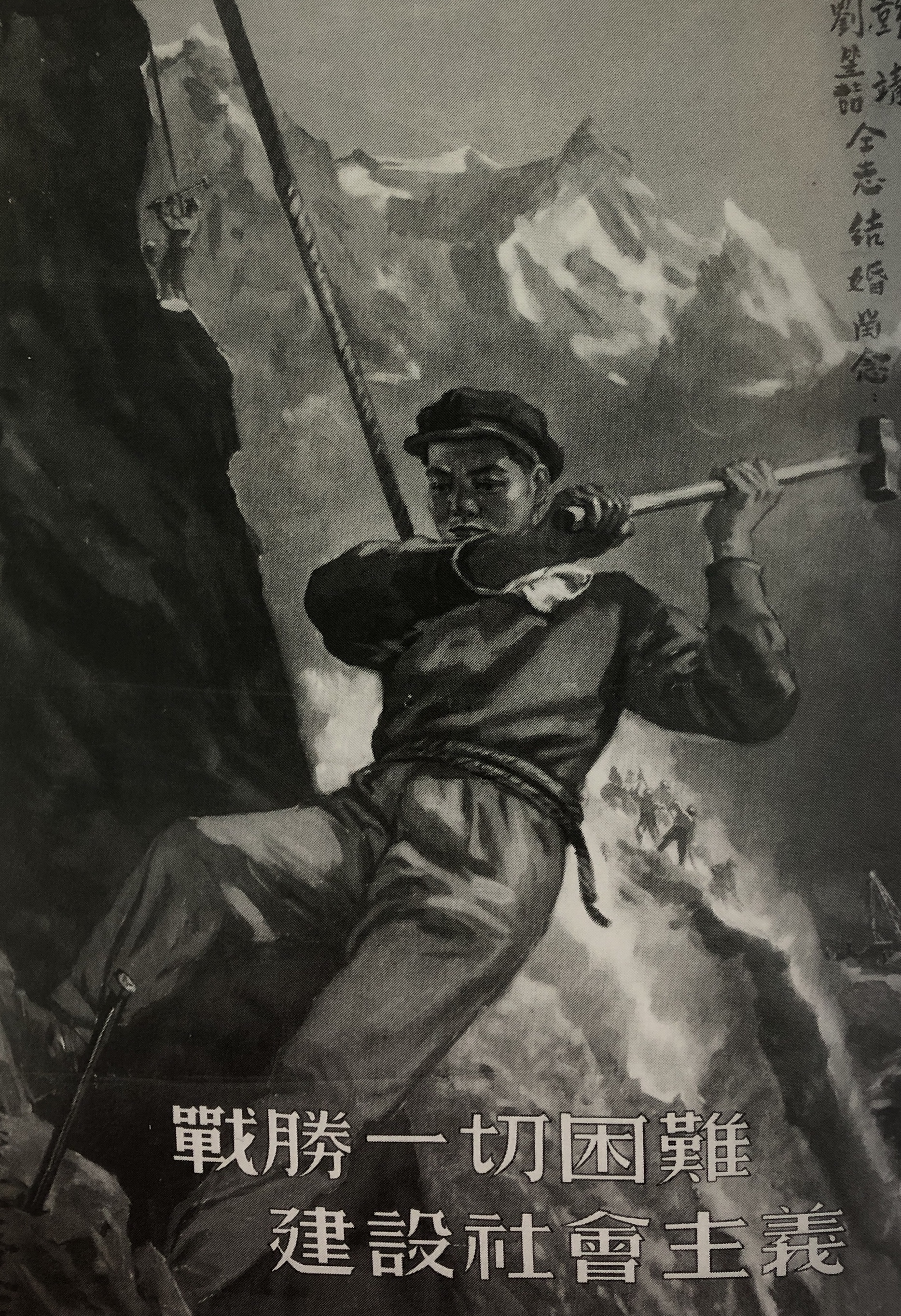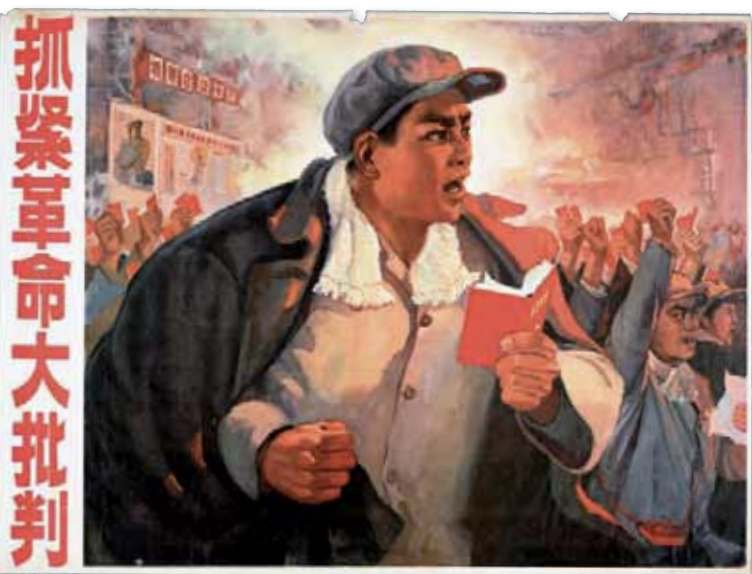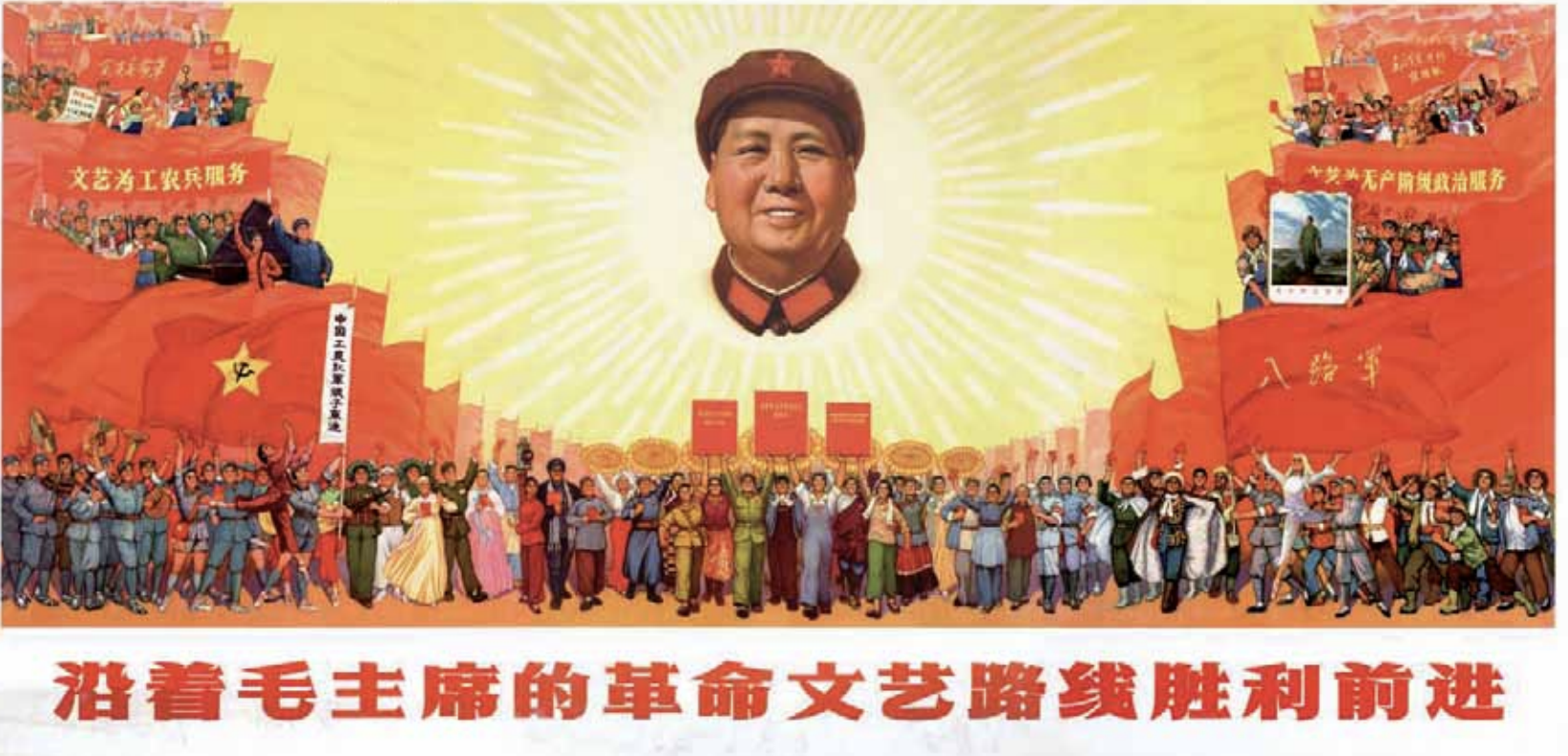Chinese Political Art
“Self-censorship is insulting to the self. Timidity is a hopeless way forward.”
- Ai Weiwei, n.d., The Art Story Foundation
During the early 1900s, Chinese artists frequently mixed modern European styles of art with traditional guohua (translated to "national paintings") calligraphy art style.
"GUOHUA"
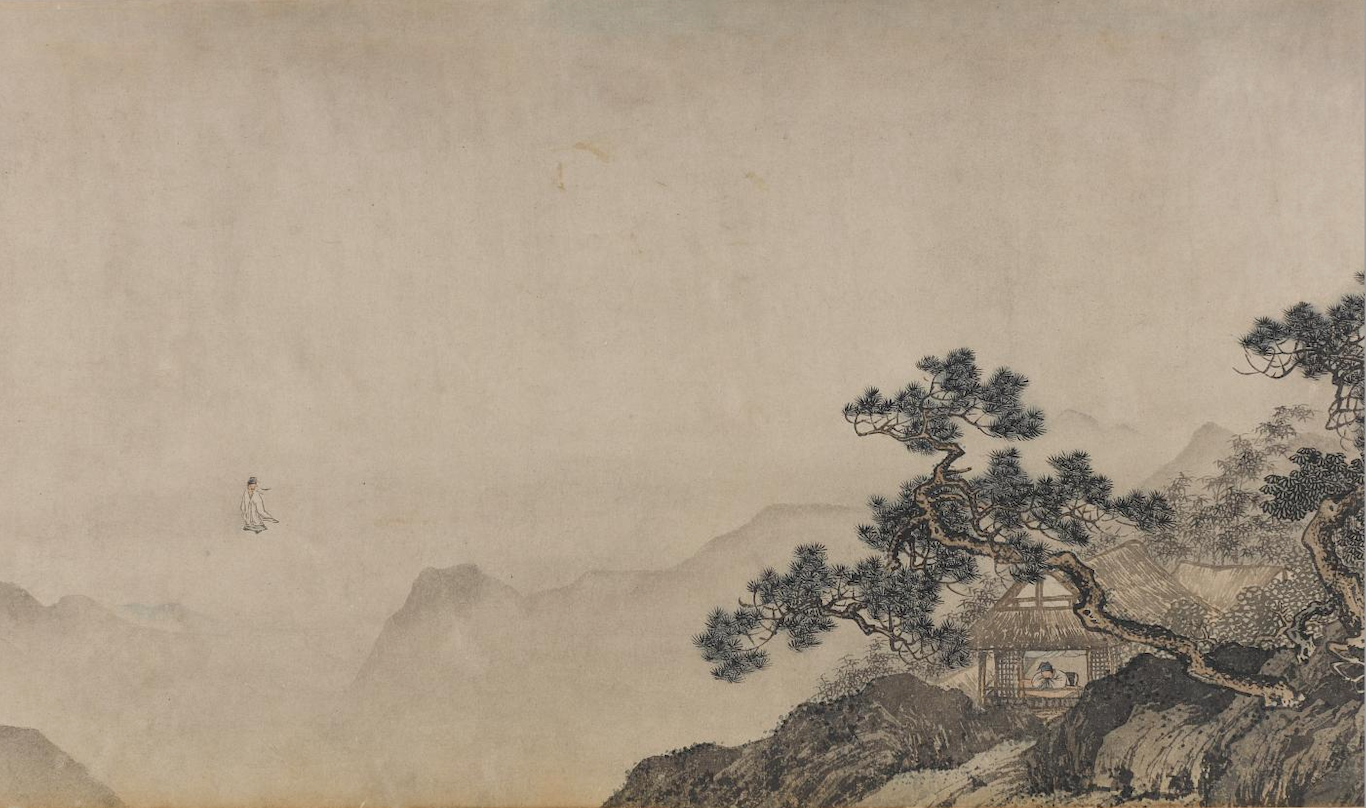
Tang Yin, The Thatched Hut of Dreaming of an Immortal, n.d
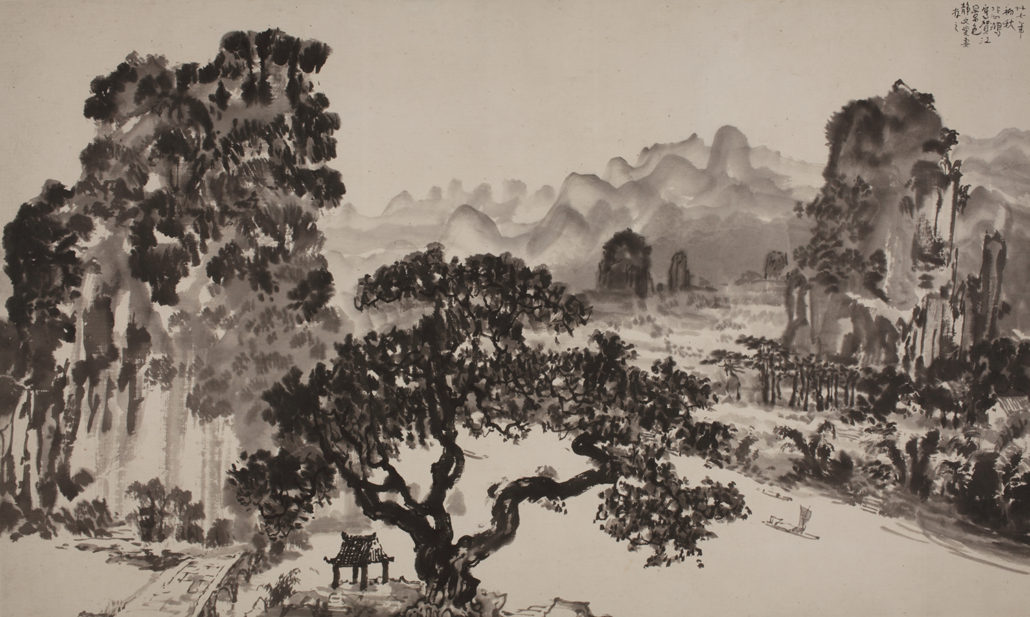
Landscape of the Hejiang (He River), n.d., Beihong China Arts
WESTERN INFLUENCES
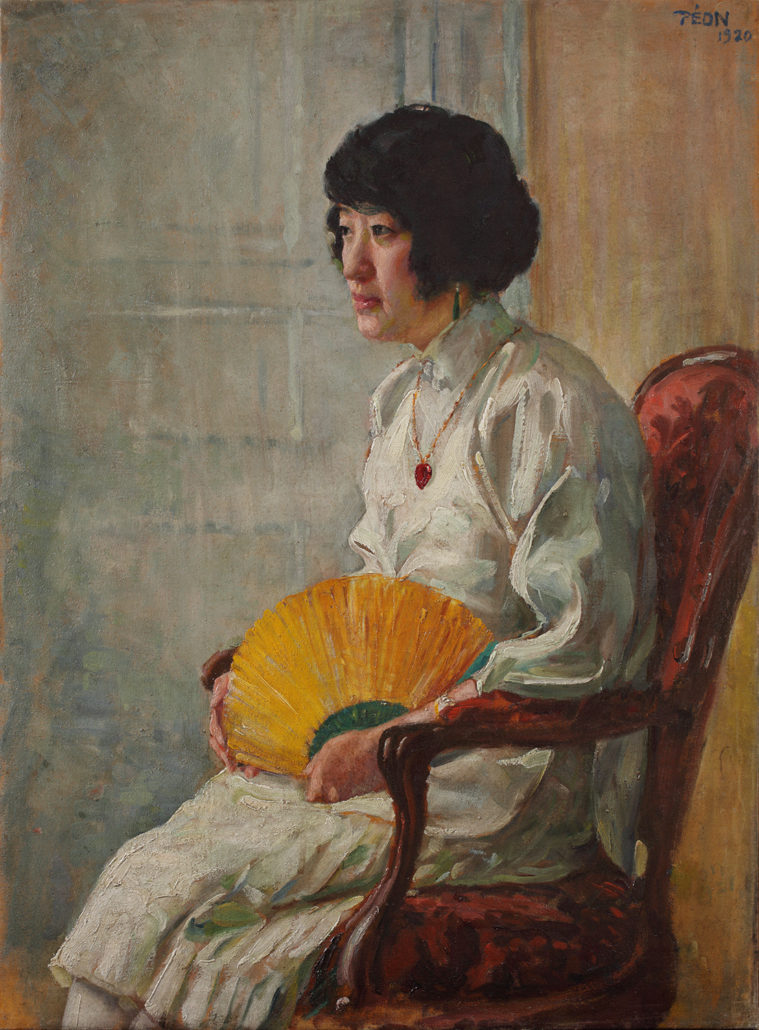
"Woman with a Fan", 1918, Beihong China Arts
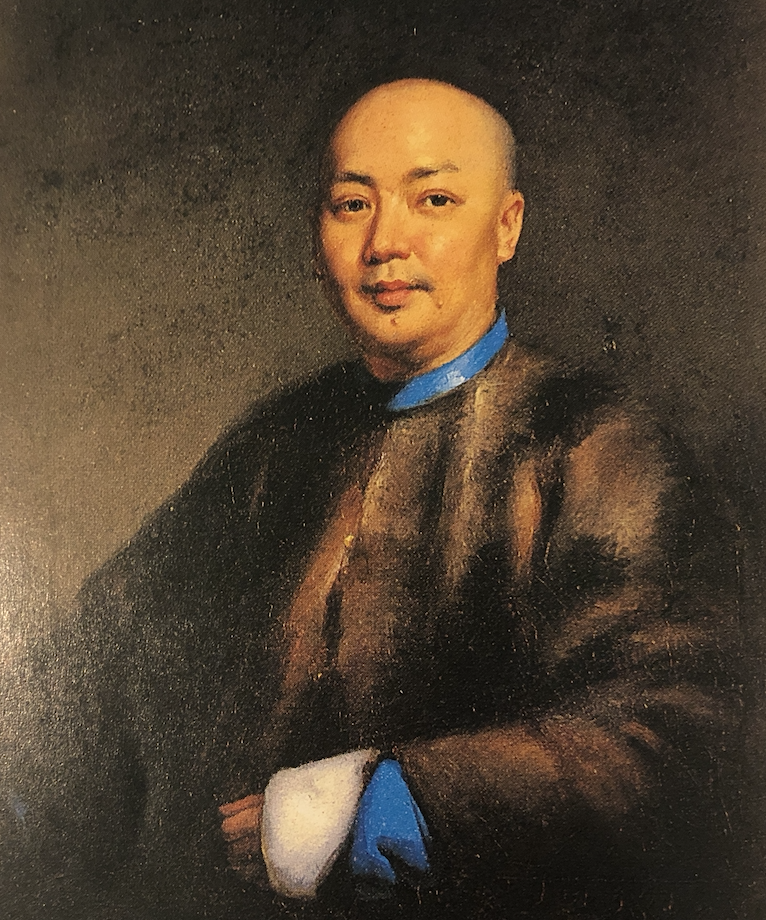
"Self-portrait by Guan Qiaochang, ca. 1840, Art in China (page 111)
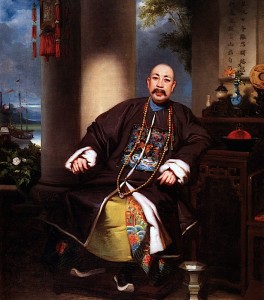
Lam Qua. Ca. 1840. Society of Friends of the Cernuschi Museum,
Following the Cultural Revolution of 1966, artists were forced to create propaganda that adhered to Mao Zedong’s “Talks at the Yan’an Forum on Art and Literature”, a set of guiding party policies that prohibited the use of art for individual needs. No longer were traditional expressionist styles of art acceptable. Rather, all art was expected to communicate “revolutionary romanticism” and communist ideals.
“The victory of the Communist party in 1949… affected the visual arts of China in a number of profound ways… some artists who were either already members of the Communist party, or identified as sympathetic enough to its program, were instructed to erect the structures of a new, socialist art world. This involved the closure of private art schools and the restructuring of art education on lines which owed much to the pattern of the Soviet Union… The ‘Talks at the Yan’an Forum on Art and Literature”, delivered by Communist party leader Mao Zedong in 1942, became the guiding principles of party policy, above all in their employment of the Marxist model of ideology and culture as a reflection of underlying economic and class realities. Art for the art’s sake… was no acceptable to Communist party thinking than was the much older view of art as the expression of a spiritually noble nature.”
- Craig Clunas, 2009, Art in China
